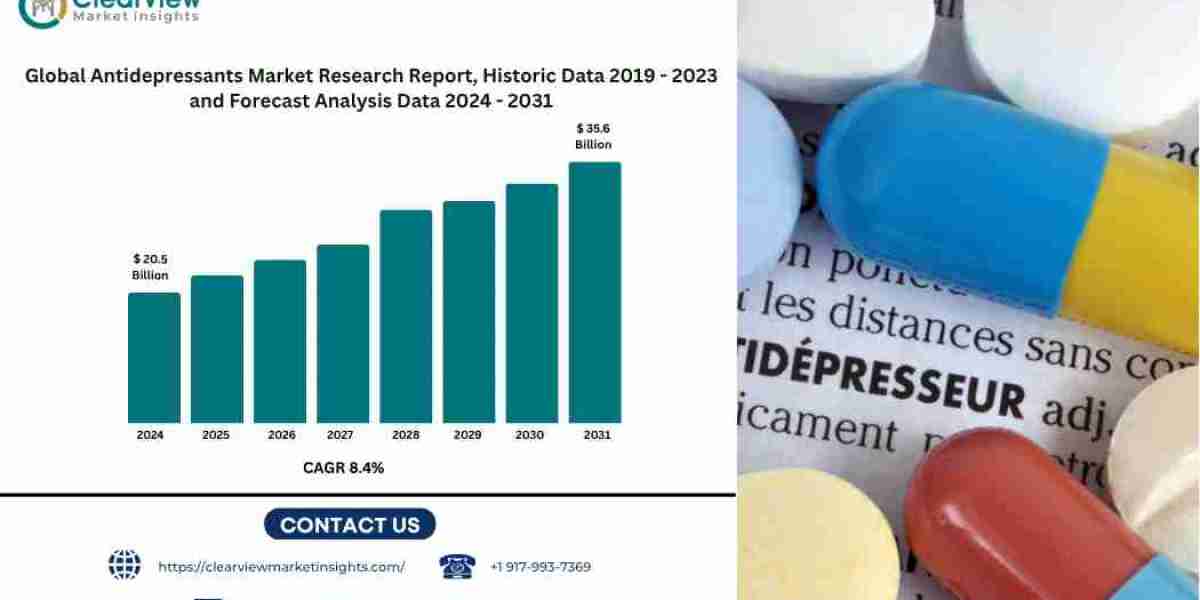Cross-linked polyethylene (PEX) is widely used in plumbing, insulation, medical, and automotive industries due to its superior chemical resistance, durability, and thermal properties. However, despite its advantages, the Cross-linked polyethylene market faces several restrains that are impeding its growth trajectory. These include recyclability challenges, environmental regulations, and technical limitations. Understanding these restraining factors is crucial for stakeholders aiming to navigate the evolving market landscape effectively.
Environmental Restraints: Recycling and Waste Management
One of the primary concerns with cross-linked polyethylene is its poor recyclability. Unlike thermoplastics that can be melted and reshaped, PEX is a thermoset plastic, meaning it retains its form once cross-linked and cannot be reprocessed through conventional methods. This creates significant environmental challenges, particularly in regions with strict sustainability mandates.
Waste management of PEX materials is another concern. Large-scale disposal of non-recyclable materials contributes to landfill expansion and long-term environmental degradation. Countries within the European Union and North America, which have rigorous environmental compliance frameworks, are scrutinizing the use of non-recyclable plastics. As a result, manufacturers may be forced to explore alternative materials, reducing demand for cross-linked polyethylene.
Regulatory Pressures and Compliance Issues
Environmental regulations around volatile organic compound (VOC) emissions and waste disposal are tightening globally. Cross-linked polyethylene production processes often involve chemicals such as peroxides and silanes, which can pose health risks to workers and raise environmental red flags. These concerns have led governments to impose stricter compliance rules, increasing the cost of manufacturing and slowing down the establishment of new production facilities.
Moreover, initiatives like the European Green Deal and various zero-waste goals are pushing for the adoption of materials with higher recyclability and lower carbon footprints. This shift in policy landscape puts pressure on industries relying heavily on cross-linked polyethylene and restrains its further integration.
Raw Material Volatility and Cost Concerns
The production of cross-linked polyethylene is heavily dependent on petrochemical derivatives, especially low-density polyethylene (LDPE). The volatility in crude oil prices significantly impacts the cost structure of the raw materials used in PEX production.
Unstable pricing affects manufacturing margins and makes it difficult for small and medium enterprises (SMEs) to operate competitively. Additionally, global supply chain disruptions, such as those seen during the COVID-19 pandemic and ongoing geopolitical conflicts, have heightened concerns about raw material availability and transportation costs.
Technical Limitations in Applications
Although PEX is known for its resistance to temperature and pressure, it has limitations that restrict its applicability in some demanding industrial settings. For example, PEX can degrade under prolonged exposure to ultraviolet (UV) light, making it less suitable for outdoor applications unless additional protective measures are implemented.
In high-pressure gas transportation and certain high-temperature environments, other polymers or metals might be preferred due to better performance and safety assurance. These technical limitations create hesitancy among industries looking for more universally applicable solutions, which restrains market expansion.
Competition from Alternative Materials
The increasing availability of advanced polymers and composites that offer better recyclability and equivalent or superior performance also poses a threat to the PEX market. Materials such as polypropylene (PP), polyvinyl chloride (PVC), and biodegradable alternatives are gaining traction, especially in plumbing, packaging, and construction.
Industries are gradually shifting to these alternatives due to growing environmental consciousness, regulatory demands, and corporate sustainability goals. This trend could result in a declining market share for cross-linked polyethylene over the next few years if innovation and recycling solutions are not accelerated.
Mitigating the Restraints: Path Forward
Despite these restrains, manufacturers and stakeholders are exploring innovative ways to overcome challenges. Some companies are investing in chemical recycling technologies that may, in the future, enable PEX recyclability. R&D is also being directed toward creating bio-based cross-linked polyethylene variants with improved environmental profiles.
Moreover, industry collaborations with environmental agencies and regulatory bodies can pave the way for better compliance and sustainable growth. By addressing these restraints proactively, the cross-linked polyethylene market can retain its relevance in an increasingly eco-conscious global economy.
Conclusion
The cross-linked polyethylene market, while promising in its versatility and performance, faces substantial restrains that could limit its growth if not effectively addressed. Recyclability issues, strict regulatory frameworks, technical limitations, raw material price volatility, and increasing competition from alternative materials collectively challenge the market's expansion. To sustain future growth, industry stakeholders must invest in innovation, sustainability, and strategic policy engagement to mitigate these barriers effectively.




